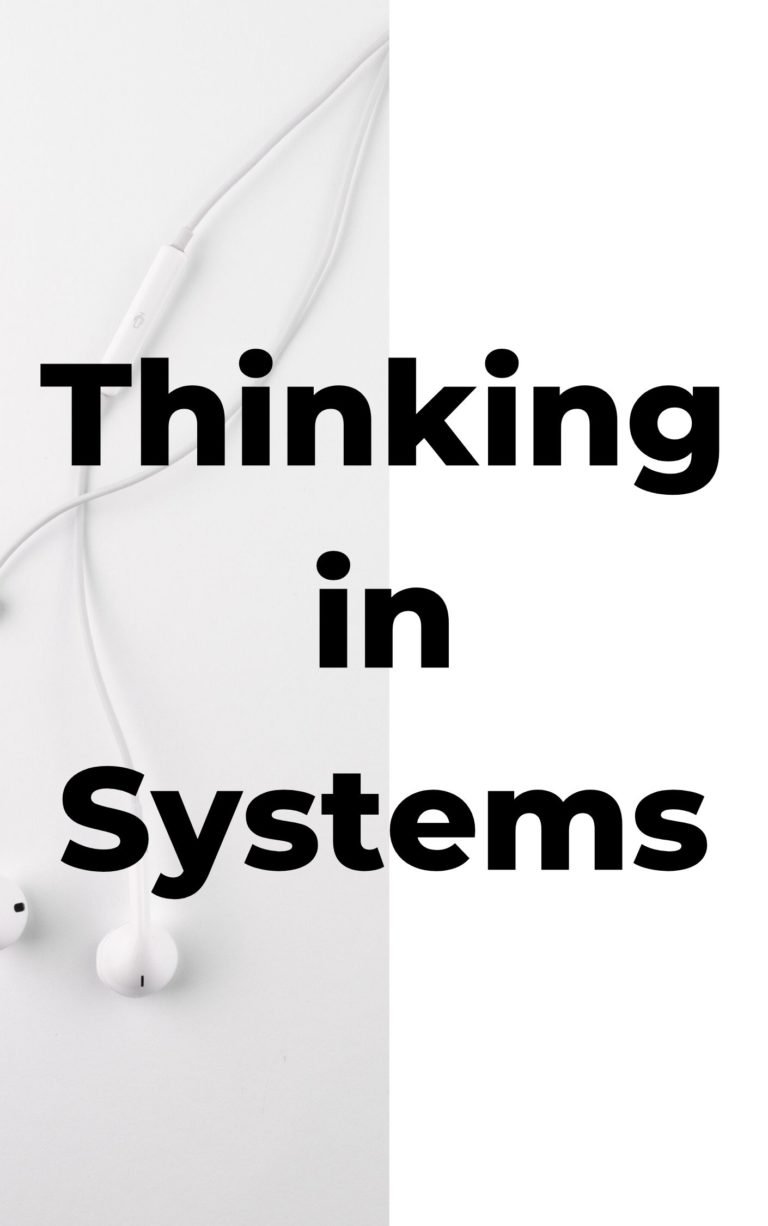The Little Book of Common Sense Investing
The Only Way to Guarantee Your Fair Share of Stock Market Returns
John C. Bogle
Rating: 8.4
“The one big thing that Bogle knows — and explains so well in this slender volume — is that buying and holding a broad benchmark of stocks while keeping fees to a minimum leads to higher long-term returns than constantly trading in a vain attempt to beat the market. Common sense? Yes. But radical too, as the entire investing establishment is designed to get investors to do the exact opposite.”
-CNNMoney
Contents
Intelligent Investing
Benjamin Graham’s Intelligent Investor was published in 1949. He was considered his era’s most astute money manager, and his book is a classic of sound investment advice. He points out that most investors do not have the professional training, expertise, or time to analyze the worth of companies and the value of their current stock offerings. Nor do they have the ability to predict what a company’s stock value will be at some future point in time. He therefore advised his readers to be consistently conservative in their stock choices. He advised investing in a “defensive portfolio,” an overly broad selection of diversified stocks which, once purchased should be held on to for the long term.
“Most investors, both institutional and individual, will find that the best way to own common stocks is through an index fund that charges minimal fees.”
Warren Buffett
Graham warned investors against relying too heavily on brokers who make their money through trading commissions. He pointed out that such brokers’ short-term financial interests clearly conflicted with their clients’ long-term investment goals. Graham further explained that, mathematically, the odds never favor the individual broker or investor. While Graham wrote positively about mutual funds, he pointed out that from 1937 to 1947, the typical mutual fund provided a return that was 3% less than the Standard & Poor’s (S&P) 500 Index. Graham advised his readers to “strictly adhere to standard, conservative and even unimaginative forms of investment.” His investment ideas remain as sensible today as when he wrote his book.
The World’s First Index Fund
Graham’s common-sense investment philosophy came into full flower nearly 30 years later, in 1976, due to the development of the world’s first “index” fund for individual investors. Known as the Vanguard 500 (now the Vanguard 500 Index Fund), the fund invested in all 500 companies that made up the S&P 500. The Vanguard Group, a no-load (that is, no-commission) mutual fund company in Valley Forge, Pennsylvania, marketed the fund.
“Successful investing is all about common sense.”
The concept behind index funds is simple. Index funds hold a maximum number of diverse stocks. According to definition, an index fund represents a portfolio holding a set of stocks that make up a specific index. As individual businesses contained in the index increase their earnings and pay dividends, the value of their companies grows, along with their individual stock prices. In the aggregate, these increases raise the overall value of the specific index. The basic premise of index funds is that as the entire market of businesses contained in a specific index prospers through increased earnings and dividends, investors who hold that index fund prosper, too. Overall, stock market increases, index fund values and the growth of American businesses are all positively correlated.
American Capitalism – the Ultimate Growth Market
Over time, the U.S. stock market, which represents American capitalism, has traveled a remarkably steady growth path. From 1900 to 2005, the average annual rate of return on all U.S. stocks has been 9.6%. This is almost identical to a 9.5% annual business investment return (dividend yield plus earnings growth). The 0.1% difference is due to stock speculation. When you compound these returns, the results are staggering. Every dollar invested in 1900 grew to $15,062 by the end of 2005. Of course, inflation reduced the real growth to $793. But most people would nevertheless be pleased to see their wealth increase nearly 800 times!
Market Fluctuations
For certain periods – the late 1920s, the late 1990s – stock market returns temporarily outpaced the business fundamentals of dividends and earnings growth. But, inevitably, these returns come back to earth. Often, the landing is a severe crash. What accounts for this volatility?
“The intelligent investor will minimize to the bare bones the costs of financial intermediation.”
Almost always, market swings have nothing to do with investment economics. Instead, they are the direct result of introducing emotion into the investment picture. Consider the price/earnings (P/E) ratio as proof. The P/E ratio represents the price of a stock divided by its earnings per share. Bull markets are always accompanied by high P/Es. Bear markets are always accompanied by low P/Es.
“The higher the level of their investment activity, the greater the cost of financial intermediation and taxes, the less the net return that the business owners as a group receive.”
Historically, a decade with noteworthy positive speculative returns follows every decade with substantial negative speculative returns. For proof, consider the temperate 1910s followed by the roaring 1920s; the glum 1940s followed by the exploding 1950s; the disheartening 1970s followed by the booming 1980s. (The exuberant 1990s are the exception.) This tendency fits a statistical phenomenon known as “reversion to the mean.” Over the long term, true stock values always even out. They track primary business fundamentals (investment returns).
“Fund investors are confident that they can easily select superior fund managers. They are wrong.”
Thus, investor perceptions, which often correlate with short-term speculative returns, mean nothing when it comes to the bona fide value of a business. Speculation has to do with investor psychology, which is usually irrational. In the short term, stock prices rise and fall based on emotional factors that have nothing to do with the real value of a business.
Prior Performance is a Poor Predictor of the Future
On a company-by-company basis, exuberantly high stock returns, which classically run up due to speculation, are not a good guide to future returns. Indeed, they represent no reasonable guide at all. Trying to guess whether the current value of a company’s stock will rise or fall is an impossibly quixotic task. Some investors will win and some will lose. The stock market is truly a zero-sum game, a roll of the dice. The astute investor should always view speculatively high returns with suspicion. Equity returns over the long term always reflect economics, not emotions, but short-term stock market gains or losses are all about emotions. This emotional factor is the element that makes direct investment in a selected stock a risky affair.
Eliminating the Risk
When considered as a whole – and over the long term – U.S. corporations have exceptionally strong business fundamentals. Thus, investing broadly on a “buy-and-hold basis” in the long-term future of American capitalism is a responsible, smart move, and a highly lucrative one, as the 1900 to 2005 statistics show.
“The more the managers take, the less the investors make.”
The best way to invest broadly is to buy an index fund that captures the total market. Your game plan should be to buy the entire market and hold it over the long term. This investment philosophy is sure to win, while speculative investments are just as certain to lose over the same time span.
Standard & Poor’s 500 Index
The Standard & Poor’s 500 Index is a mirror for the classic stock market portfolio. It represents America’s 500 largest corporations, as judged by market capitalization. Thus, it is a “cap-weighted” index. In terms of total market value, the S&P 500 represents some 80% of all U.S. stocks. Fund and money managers use it as the gold standard to measure their investment success or failure. The Dow Jones Wilshire Total Stock Market Index, representing nearly 5,000 stocks, including the S&P 500, is another significant gauge. Over time, the returns of these two major indexes are almost identical.
“Mutual funds charge 2% per year and then brokers switch people between funds, costing another three or four percentage points…the general public is getting a terrible product from the professionals.”
Charles T. Munger
Returns from all-market index funds based on the S&P 500 or the Total Stock Market Index are certain over time to beat the returns of equity investors in total. (Remember: some win and others lose.) Consider that a 1976 purchase of 1,000 shares (at $15 per share) in the world’s first index fund would have been valued at $461,771 after 30 years. Buying and holding a diverse, broad index fund over the long term is clearly a winning strategy.
What about Costs?
Stock market investors seldom receive the overall market returns they expect, due not only to poor stock picks, but also to increasingly high expenses. These include management fees, sales loads, brokerage commissions, and all the other operating and promotional costs that investors cover through the fees they pay to purchase stocks and mutual funds. Investors face a zero-sum game when picking individual stocks, but they play a loser’s game after all the associated expenses and trading costs are deducted.
“Investors as a group fail to earn the returns that our corporations generate through their dividends and earnings growth, ultimately reflected in the prices of their stocks.”
Individual investors who buy stocks directly pay average annual costs of about 1.5% of their overall investment. These costs easily can double for active traders. This covers the “expense ratio,” that is, management fees, plus operating costs. Mutual fund investors also pay about 1.5% in costs, while sales charges for most mutual funds average an additional 0.5%. This assumes an initial sales charge of 5% factored over a 10-year holding period. If the investor holds the shares for five years, the sales charge would be 1%. On top of these charges, add about 1% annually to cover turnover costs for the portfolio.
“It is investment returns – the earnings and dividends generated by American business – that are almost entirely responsible for the returns delivered in [the] stock market.”
Clearly, such costs matter in stock investing. The problem is that investors often cannot assess their overall investment expenses properly because many costs are hidden or not immediately apparent. This includes taxes on stock market gains. If you add these costs and project them over a lifetime of investing, the total amount is enormous.
“The expectations market is about speculation. The real market is about investing.”
Consider a mutual fund investor who invests $10,000 at age 22 and continues to hold the mutual fund for years. Assuming an 8% annual average return and 2.5% average annual costs, the net return is 5.5%. Based on these numbers, the initial $10,000 investment would grow to $469,000 over 50 years. But after deducting costs, the total value of the fund would be $145,400. (Don’t even think about the effects of inflation!) In this typical example, costs consume a whopping 70% of the market accumulation. This is doubly infuriating when you consider that the investor is responsible for 100% of the investment capital and assumes all the risk.
“By periodically investing in an index fund, the know-nothing investor can actually outperform most investment professionals. Paradoxically, when ‘dumb’ money acknowledges its limitations, it ceases to be dumb.”
Warren Buffett
This example shows that the mutual fund investor (like the person who invests directly in the market) is unlikely to realize satisfactory long-term returns on his or her stock market portfolio. However, the various portfolio managers will benefit handsomely.
The cost picture is entirely different for index funds, which are remarkably inexpensive in comparison to direct investment in the market or in other types of mutual funds. Indeed, the expense ratio for a low-cost index fund averages a miniscule 0.15% annually. And index funds are tax-inefficient, unlike many other types of mutual funds.
“Owning American business through a broadly diversified index fund is not only logical but, to say the least, incredibly productive.”
Index funds are superior to other kinds of mutual funds in other ways. All mutual funds are directed by fund managers, most of whom are exceedingly well-paid. The problem is that all these bright, aggressive fund managers compete fiercely against each other, just like direct investors. Therefore, the investor faces a no-gain situation. Some managers and their funds will win. Others will lose. In fact, the evidence shows that mutual-funds returns across the board do not match the stock market. Thus, given their high costs, mutual funds are another loser’s game.
A Word on Exchange Traded Funds (ETFs)
As the index fund market has matured, individual fund companies have introduced numerous new products – such as Exchange Traded Funds (ETFs) – to differentiate themselves from their competitors. An ETF is an index fund whose shares can be traded on a short-term basis. As such, it is nothing less than a “wolf in sheep’s clothing.” Investors have no reliable way to determine how their ETF’s trading returns compare to its actual returns. ETFs are relatively costly and they are designed for speculative trading. Thus, they violate the basic index fund rationale. Stay away from them unless you are planning to buy and hold.
How Index Funds Should Fit into Your Overall Investment Portfolio
If you are in a high-tax bracket, invest in a “quasi-index” portfolio of high-grade, intermediate-term municipal bonds. Otherwise, the typical investor cannot go wrong by investing all of your funds – yes 100% – in an “all-U.S. stock-market index” portfolio, and in an “all-U.S. bond-market index” portfolio. (Yes, index funds are available for bonds, just as they are for stocks. And some index funds handle non-U.S. stocks.) An index fund held over the long term is a rock-solid investment.







One Comment